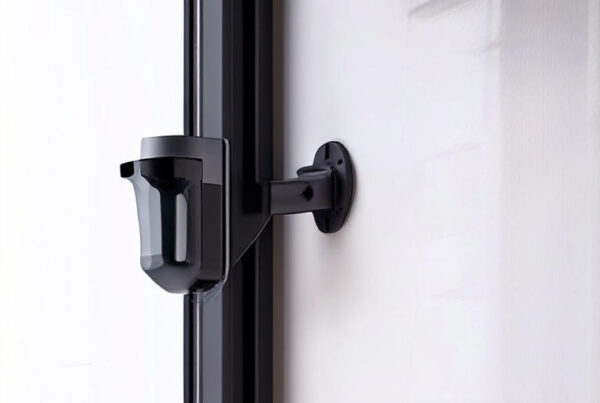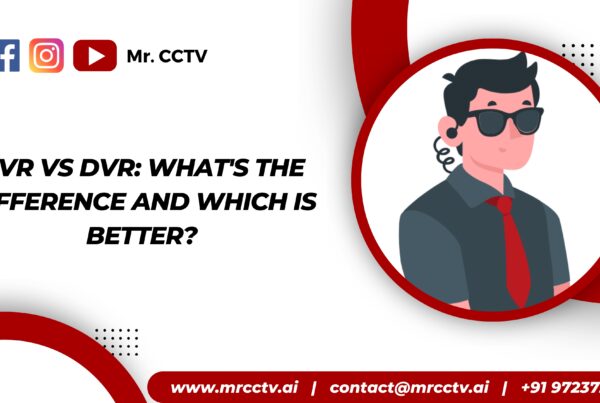Do you ever marvel at the silent guards watching our streets, homes, or business establishments? In today’s digital age where security is supreme, CCTV (Closed-Circuit Television) stands as a constant guardian that provides 24-hour surveillance and peace of mind. However, what exactly is CCTV and how does it work? Come along with me as we demystify this invaluable technology.
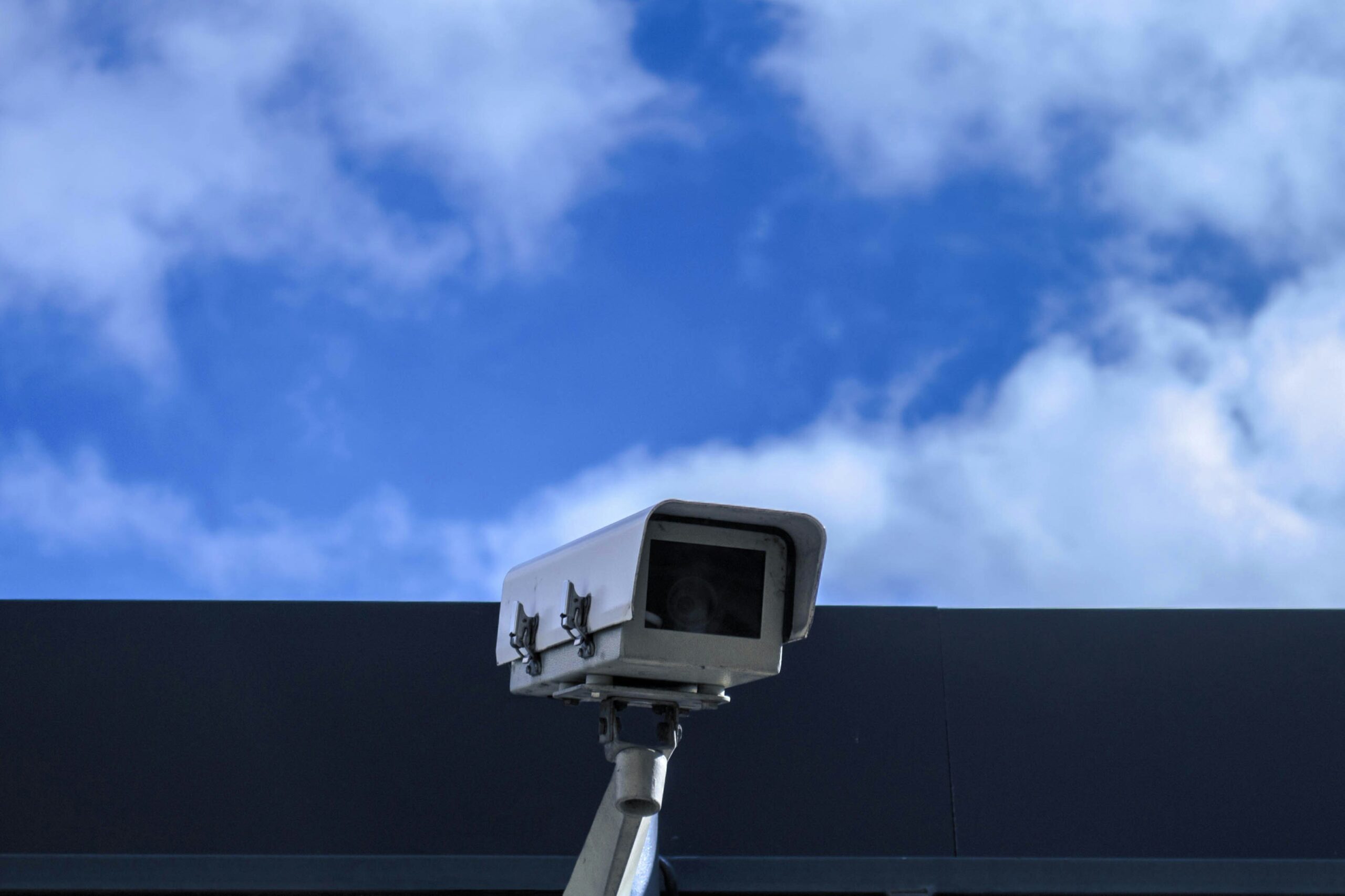
Understanding CCTV:
Primarily, CCTV is comprised of cameras, monitors as well and recording devices which are meant for capturing and transmitting moving images within a closed circuit. In contrast to broadcasting TV whereby signals are transmitted openly to the public, CCTV operates in a closed loop that only authorized personnel can access its footage.
Components of a CCTV System:

Cameras: The heart of any closed-circuit television system lies within its cameras. These intricate gadgets are available in different shapes, sizes, and specifications to cater to all sorts of monitoring purposes. Such types include IP (Internet Protocol) Cameras on the contrary analogue cameras still exist. In case someone is not aware of this term; let me put it simply the video is converted into digital format before storage and viewing takes place while an IP camera converts videos directly to digital and then sends them through the internet.
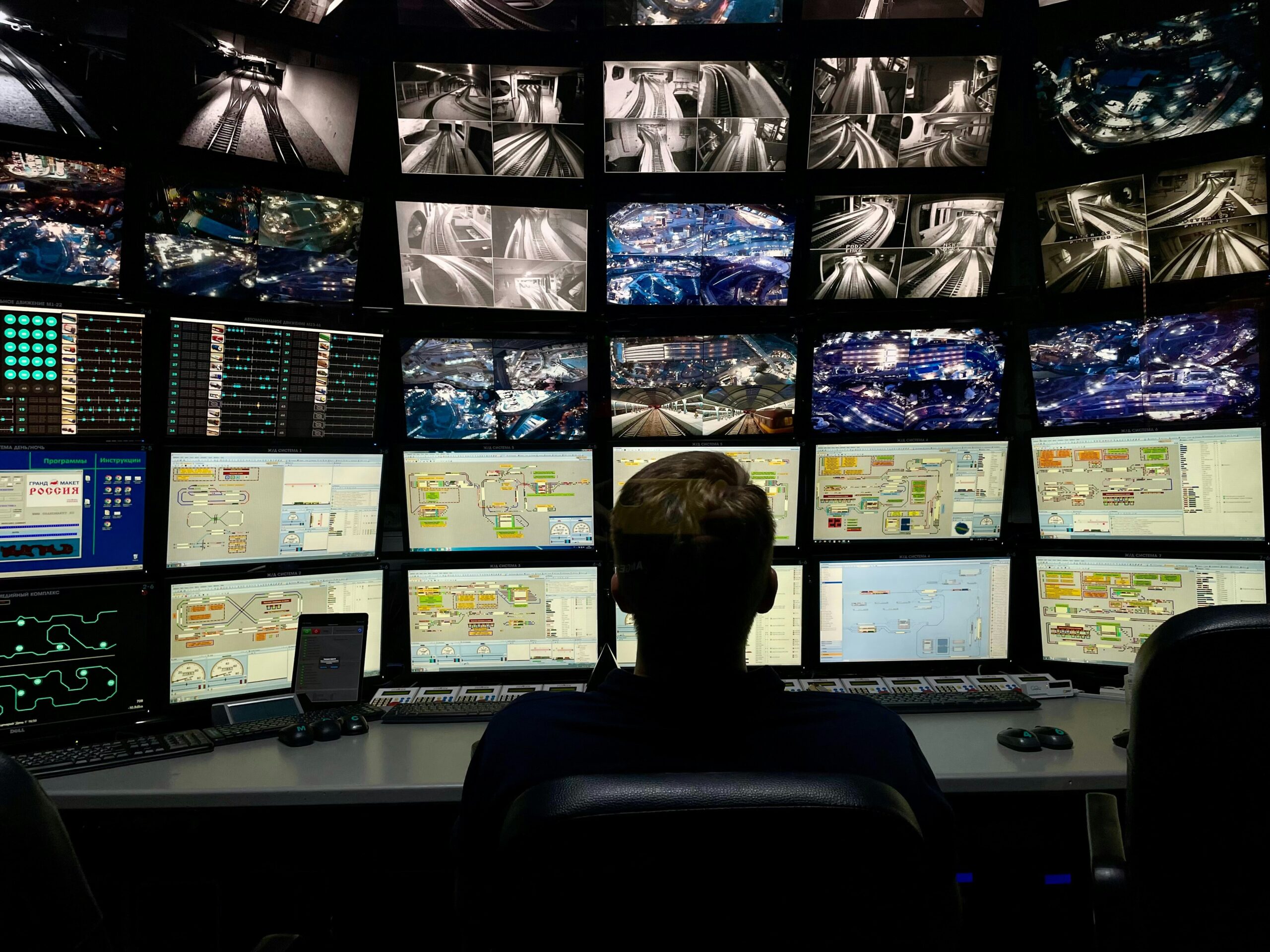
Monitors: Monitors are the eyes of surveillance officers who watch live and recorded footage. They can be single small screens for one camera or video walls to view multiple feeds at once. Advances in technology have brought about monitors with high-definition displays, offering clearer images for better surveillance.
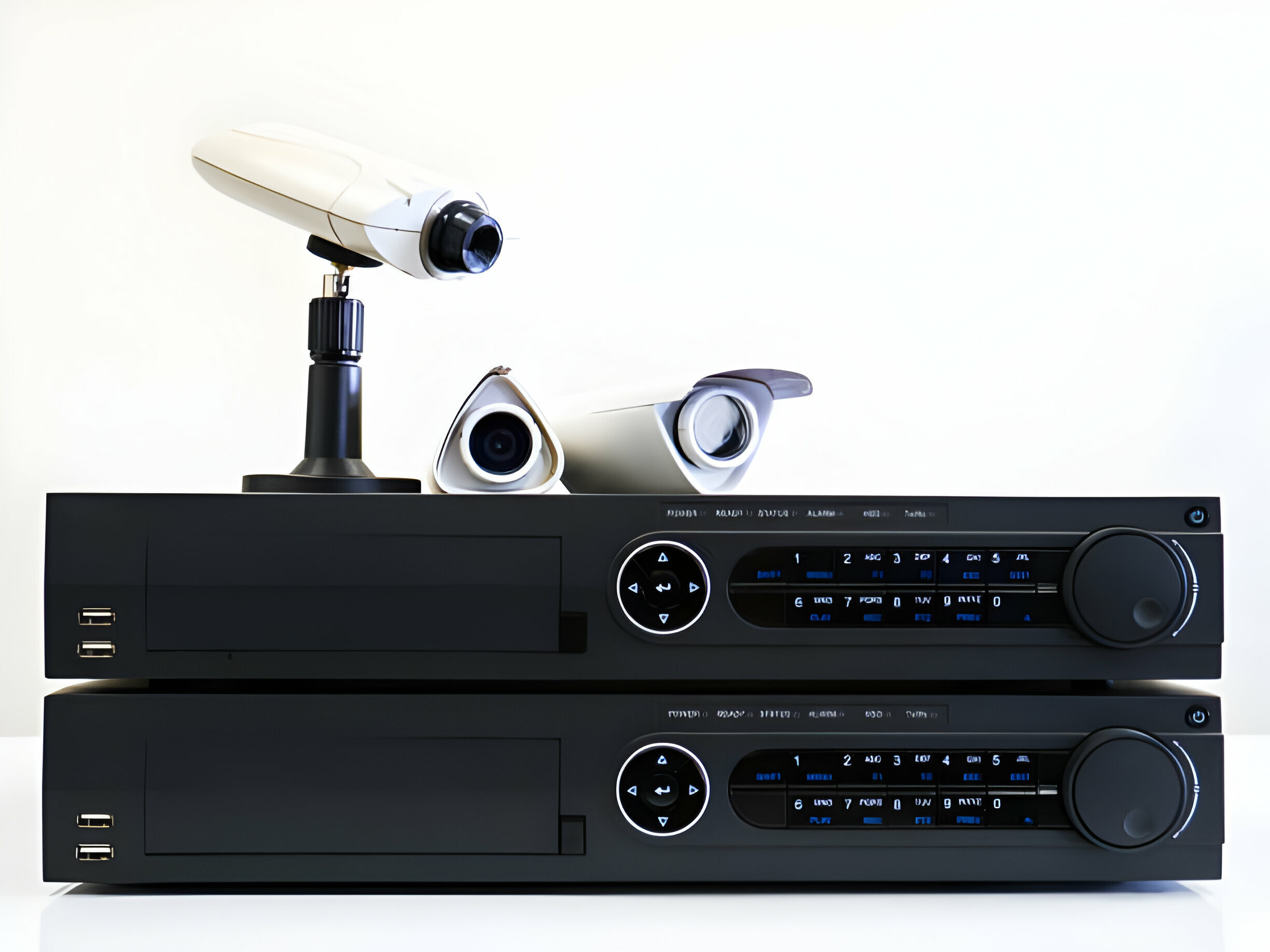
Recording Devices: Recording devices provide a way of keeping footage for future use. In the past, Video Cassette Recorders (VCR) were commonly used to record analog video onto magnetic tapes. However, digital technology has led to an increased preference for Digital Video Recorders (DVR) and Network Video Recorders (NVR). While NVRs manage IP camera feeds over computer networks, DVRs store digital video on hard drives thus providing enhanced flexibility and scalability.
How CCTV Works:
Having gotten acquainted with the components let’s now go ahead and understand how it works.
- Camera Capture: The camera continuously records a live feed of the monitored area using sensors that translate light energy into electrical signals that are then processed further before they get converted into a format that is transmissible digitally.
- Transmission: The video signals encoded are sent via cables or wireless networks to a central monitoring station or a recording device. In IP-based systems, data is transmitted via Ethernet networks thus making it possible for remote monitoring and access via the web.
- Monitoring and Recording: At the monitoring station, surveillance operators view live video feeds on screens while watching over the area. The recording device, on the other hand, stores the video images in their respective storage media which can be a hard disk for DVRs or a network-attached storage (NAS) device for NVRs.
- Playback and Review: Once there is a security incident or suspicious activities, operators can go back to retrieve recorded footage so that they can play it back and review it. This enables them to ascertain what happened before, gather evidence as well as take any necessary actions.
Benefits of CCTV:
Unpacking the mechanics of CCTV, let’s consider some of its vital advantages.
- Crime Prevention: Just having cameras at home is a strong deterrent against perpetrators who would want to commit crimes such as stealing and destroying property.
- Increased Safety: CCTV systems provide all-time monitoring and can be used to detect security issues quickly, thus saving lives and property.
- Facilitating Investigation: The significance of recorded videos for law enforcers is quite high in terms of solving criminal cases or civil disputes since this evidence will support investigation processes even before they go to court for trial.
- Remote Monitoring: This modern development allows users to watch real-time footage online and replay previously recorded video from anywhere through internet connectivity on computers or smartphones.
- Efficient Operations: Managers also use this equipment for different business purposes which helps them monitor production to increase effectiveness as well as guarantee safety levels within an enterprise.
Conclusion:
To sum up, modern security infrastructure cannot run without CCTV which provides unrivaled surveillance power for the preservation of people, assets, and structures. By learning how CCTV works along with reaping from its benefits we can have safe environments for everyone. Hence, when next you are
